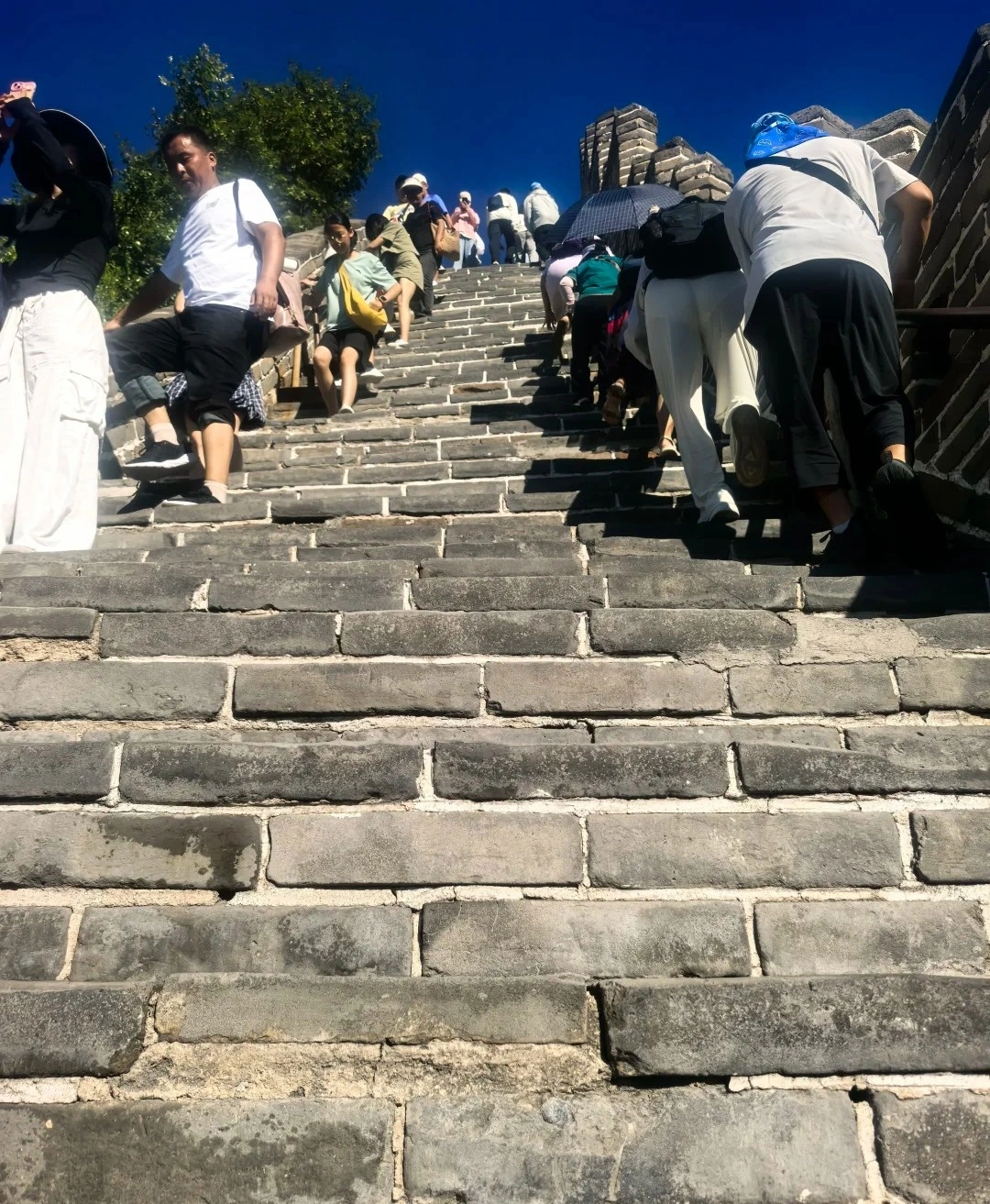Qibao Ancient Town
Qibao Ancient Town, located in Minhang District, Shanghai, is a nationally protected cultural heritage site dating back to the Northern Song Dynasty (960–1127 CE). Renowned as one of Shanghai’s few surviving ancient water towns, it spans 210 acres with over 1,000 Ming-Qing Dynasty buildings, 36 stone bridges, and 42 historic lanes. Designated a “China Famous Historical and Cultural Town” in 2005, it attracts 5 million annual visitors with its blend of architecture, folk art, and canal-side charm.
Historical Overview
- Song Dynasty (10th Century): Founded as a market town along the ancient Huaihang River, named after the Seven Treasures (Qi Bao) of Buddhism.
- Ming Dynasty (1368–1644): Expanded into a commercial hub with silk, rice, and cotton trades, featuring the iconic Qibao Bridge.
- Qing Dynasty (1644–1912): Flourished as a cultural center, with poets, calligraphers, and scholars gathering in tea houses.
- 2000s: Restored by the Shanghai government, reopening in 2003 with preserved lanes and museums.
- 2010: Featured in the Shanghai World Expo’s cultural heritage exhibition.
Structural Layout
The town follows a canal-centric layout with four zones:
- Historic Core Zone: Ming-Qing buildings, bridges, and the Qibao Temple.
- Cultural Experience Zone: Museums, workshops, and folk art galleries.
- Commercial Street: Traditional shops, tea houses, and snacks.
- Riverfront Leisure Zone: Boat rides, parks, and evening light shows.
Key structures:
- Qibao Bridge: A 15th-century stone arch bridge spanning the Zhaojiang River.
- Qibao Temple: A 1,000-year-old Buddhist site with a 9-meter-tall Guanyin statue.
- Bell Tower: Dates to 1472, used to signal market hours.
Major Attractions
- Qibao Bridge: Iconic stone arch with carvings of lions and lotuses.
- Qibao Temple: Houses relics like a Ming Dynasty bronze bell and Song-era Buddhist sutras.
- Folk Customs Museum: Exhibits traditional wedding costumes, farming tools, and opium pipes.
- Calligraphy Art Gallery: Displays works by Shanghai’s 20th-century masters.
- Weaving House: Demonstrations of blue-and-white cloth dyeing and silk looms.
- Old Mill: Restored 18th-century watermill grinding rice into flour.
Suggested Itineraries
Classic Route (2–3 hours):
Entrance → Qibao Bridge → Qibao Temple → Folk Customs Museum → Commercial Street → Riverfront Park.
Highlights: Bridge architecture, temple relics, and local snacks.
Cultural Focus (4–5 hours):
Entrance → Calligraphy Gallery → Weaving House → Old Mill → Tea House Ceremony → Sunset Boat Ride.
Highlights: Artisan workshops and canal views.
Comprehensive Experience (Full Day):
Morning: All sites above + Guided tour of Ming-Qing lanes.
Afternoon: Lunch at a riverside restaurant → Traditional puppet show → Departure.
Ticket Purchase
- Online: Book via Ctrip or “Qibao Ancient Town” WeChat mini-program (up to 7 days in advance).
- Prices (2025):
- Basic Pass: ¥30 (adults), ¥15 (students/seniors).
- Combined Ticket (+ Boat Ride): ¥50 (adults), ¥25 (concessions).
- Free: Children under 1.2m, disabled visitors.
Transportation
From Shanghai City Center:
- Subway: Line 9 to Qibao Station (Exit 2), then 10-minute walk.
- Bus: Route 91, 748, or 87 to Qibao Old Street Stop.
- Taxi: ¥30–40 from People’s Square (25 minutes).
By Boat:
- Canal Cruise: Departures hourly from Zhujiajiao Road Dock (¥40 roundtrip).
Best Time & Tips
- Peak Seasons: Spring (April–May) for azaleas; autumn (October–November) for maple foliage.
- Avoid Crowds: Visit early morning (9:00–11:00 AM) or late afternoon (3:00–5:00 PM).
- Essentials:
- Wear flat shoes for cobblestone lanes.
- Bring cash for small vendors (some don’t accept digital payment).
- Photography allowed except in temple sanctums.
- Prohibited: Smoking in lanes, feeding river fish.
Contact Us
What Our Clients Say?
Based on 10,000+ traveler reviews
Daniel Dorothea
Canada
Reviewed on April 29,2025
Shopping on Nanjing Road in Shanghai was just amazing! It's truly the "First Commercial Street of China", where tradition and modernity blend perfectly. You can find awesome souvenirs and experience the trendy vibes in cool stores. The neon lights at night are just spectacular, shining bright like Times Square in New York. The food here is incredible too. I had a feast for my taste buds. Shanghai, I'll definitely be back!
Destination(s):
Shanghai
Date of
Experience:
May 08,2024

Elvis Eva
Canada
Reviewed on June 20,2025
As a solo traveler from Canada, I was nervous about navigating China alone—but this 11-day tour was PERFECT! From hiking the Great Wall at sunrise (Day 3) to gasping at the Terracotta Army (Day 5), every day delivered ‘pinch-me’ moments. The real showstopper? Zhangjiajie’s Avatar Mountains (Day 7)! Our guide made the stone pillars come alive with stories.
Massive thanks for handling all logistics—bullet train tickets, entry passes, car! And the 4-star hotels surprised me.
Destination(s):
Beijing Xian Zhangjiajie Shanghai
Date of
Experience:
June 02,2025



Simon
America
Reviewed on May 29,2025
Our 2-day Zhangjiajie tour was beyond spectacular! As someone who’s visited Beijing and Shanghai for work, this trip revealed China’s wild, magical heart. Day 1 in Zhangjiajie National Forest Park felt like stepping onto Pandora—I’m a huge Avatar fan, and Yuanjiajie’s floating peaks left me breathless. The misty pillars and lush valleys like pure movie magic!
Then came Fenghuang Ancient Town, we eat dinner beside the thundering waterfall. It seems Unreal! The night views of stilt houses glowing over the river were straight from a fairy tale.
For fellow Avatar lovers and adventure seekers: Don’t miss this bucket-list experience! 10/10 would return.
A Well-Traveled Film Buff, May 2025
Destination(s):
Zhangjiajie
Date of
Experience:
May 08,2025










